SUMMARY
This is AI generated summarization, which may have errors. For context, always refer to the full article.
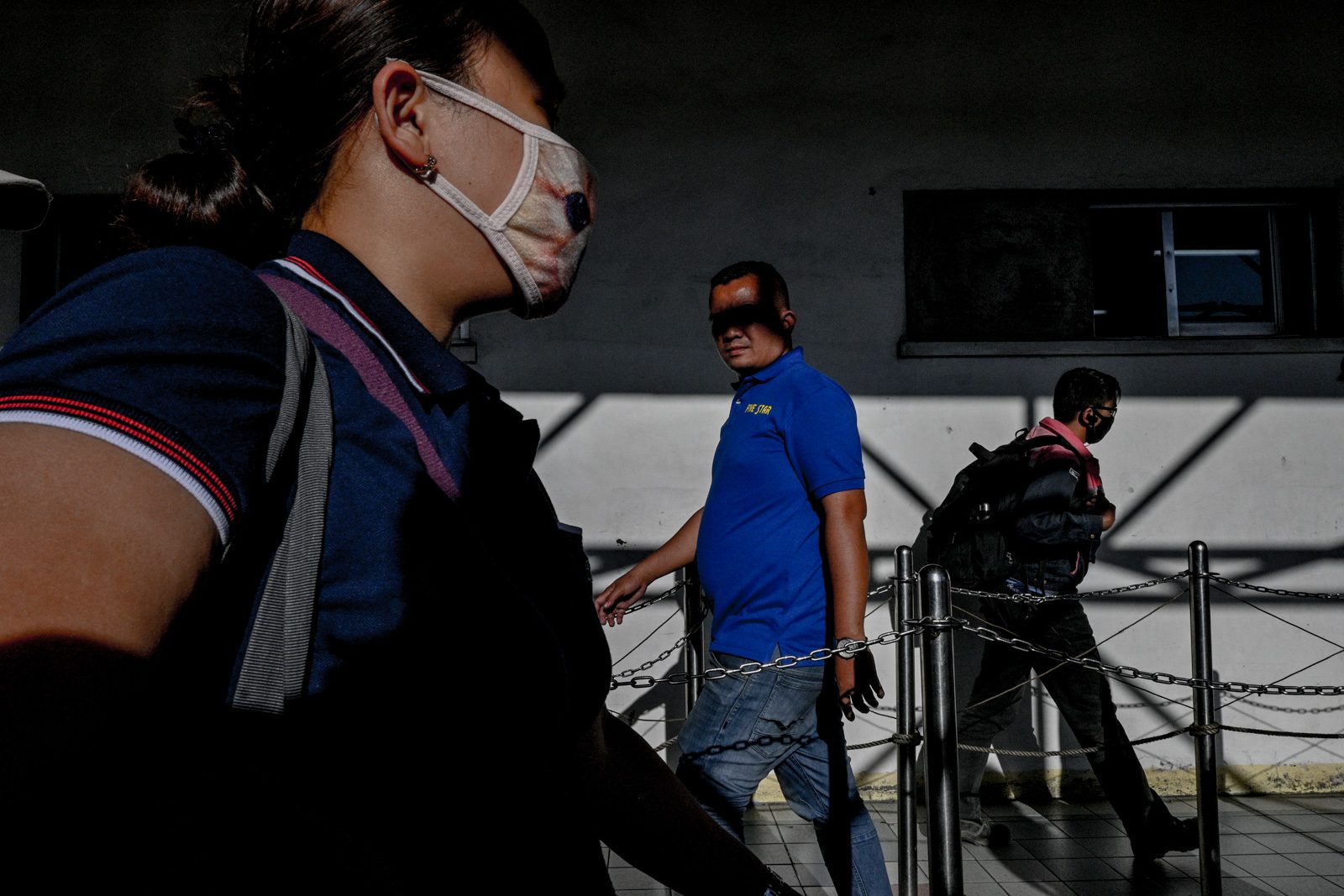
MANILA, Philippines (UPDATED) – On midnight of Tuesday, March 17, the Philippine government will put in place stringent social distancing measures in Luzon in a bid to contain the spread of the novel coronavirus.
The lockdown, described by government officials as an “enhanced community quarantine,” will set in motion efforts to limit the movement of people going in and out of the island region, home to at least 57 million. These measures were recommended by the Inter-Agency Task Force (IATF) on coronavirus.
In the run up to the lockdown, the government had implemented a “general community quarantine” on Metro Manila, where the officials attempted to restrict the movement of those coming into and out of megacity to those working and traveling to provide essential goods only.
But gaps in early implementation have illustrated the near impossibility of observing social distancing measures crucial to preventing the spread of the coronavirus.
Aside from this, classes in all levels and government work in the executive branch were suspended until April 14, additional travel restrictions were put in place; and land, air, and sea travel to and from Luzon will also be prohibited as a general rule.
Just how effective will the government’s community quarantine be?
Rappler interviewed Dr Edsel Salvana, a specialist in infectious disease and tropical medicine, and the lead member of the technical advisory group for the IATF on what quarantine measures include and why they matter.
Here’s what you need to know:
Latest count: As of Monday, March 16, the Philippines listed 142 confirmed coronavirus cases, including 12 deaths. Three have recovered, including the first Filipino infected in the country.
1. What exactly does “community quarantine” mean?
A memorandum signed by Executive Secretary Salvador Medialdea, by order of President Rodrigo Duterte, on Friday, March 13, and shared with media on Saturday, defines this as taking place on two levels:
The first level is called a “general community quarantine.” This means that the movement of people is largely limited to “accessing basic necessities and work” while uniformed personnel and quarantine officers are present at border checkpoints.
The second is an “enhanced community quarantine,” more akin to a total lockdown with hard borders.
In this scenario, strict home quarantine for all households will be implemented, transportation will be suspended, provision for food and “essential health services” will be regulated, and there will be a heightened presence of uniformed personnel to enforce quarantine measures.
What’s in place now is a an “enhanced general community quarantine.”
2. Why is this a favored measure against the outbreak?
Salvana said a community quarantine with extreme social distancing measures were implemented as preemptive measure to help manage the increase in cases in the country.
This is largely to help the Philippines’ health system cope with treating patients as a sudden surge or increase can overwhelm hospitals and health workers.
“We have relatively few cases at this time but we feel that it is important to have extreme social distancing already because our healthcare system would be unable to cope with the case numbers in Wuhan, which even they had a hard time managing,” Salvana said.
3. Why enforce a “general community quarantine” before an “enhanced community quarantine?”
In coming up with the current general community quarantine, government officials scrambled to clearly define what this might look like on the ground and how to implement on all 12 million residents of the capital region.
At this early stage of the epidemic, Salvana said, a total lockdown “may cause widespread panic and unrest and cause a drastic disruption of daily life” when it is essential for people to remain level-headed.
China and Italy are among the countries which have in place sweeping measures to isolate cities where cases were concentrated. In the case of Wuhan, China – ground zero of the disease – lockdowns were favored as cases were rapidly increasing into the thousands.
For a general community quarantine then, what is being done is “a preemptive intervention which will hopefully be enough at this stage and at these case numbers,” Salvana said.
On Monday, Duterte changed that, citing a need to take more stringent measures.
“I have come to the conclusion that stricter measures are necessary. For this reason, pursuant to my powers as President under the Constitution and RA 11332 (Law on Reporting of Communicable Diseases), I am placing the entire mainland of Luzon under quarantine until April 12, 2020.”
After going off tangent, Duterte later clarified this would be an “enhanced community quarantine.”
4. What are the important do’s and don’ts while Metro Manila is under “community quarantine?”
Government officials have urged the public to go out of their homes only for essential tasks like going to work and getting basic necessities. This is to decrease the risk of spreading the diseases especially to those who are at higher risk of infections.
Salvana said for the quarantine measures to work, the public needs to remember to do the following:
- Cooperate and follow instructions
- Stay home
- When outside, stay at least 1 meter or 1 arms-length from each other
- DO NOT go out if you have respiratory symptoms unless it is to seek medical care
- Wash your hands and practice good hygiene
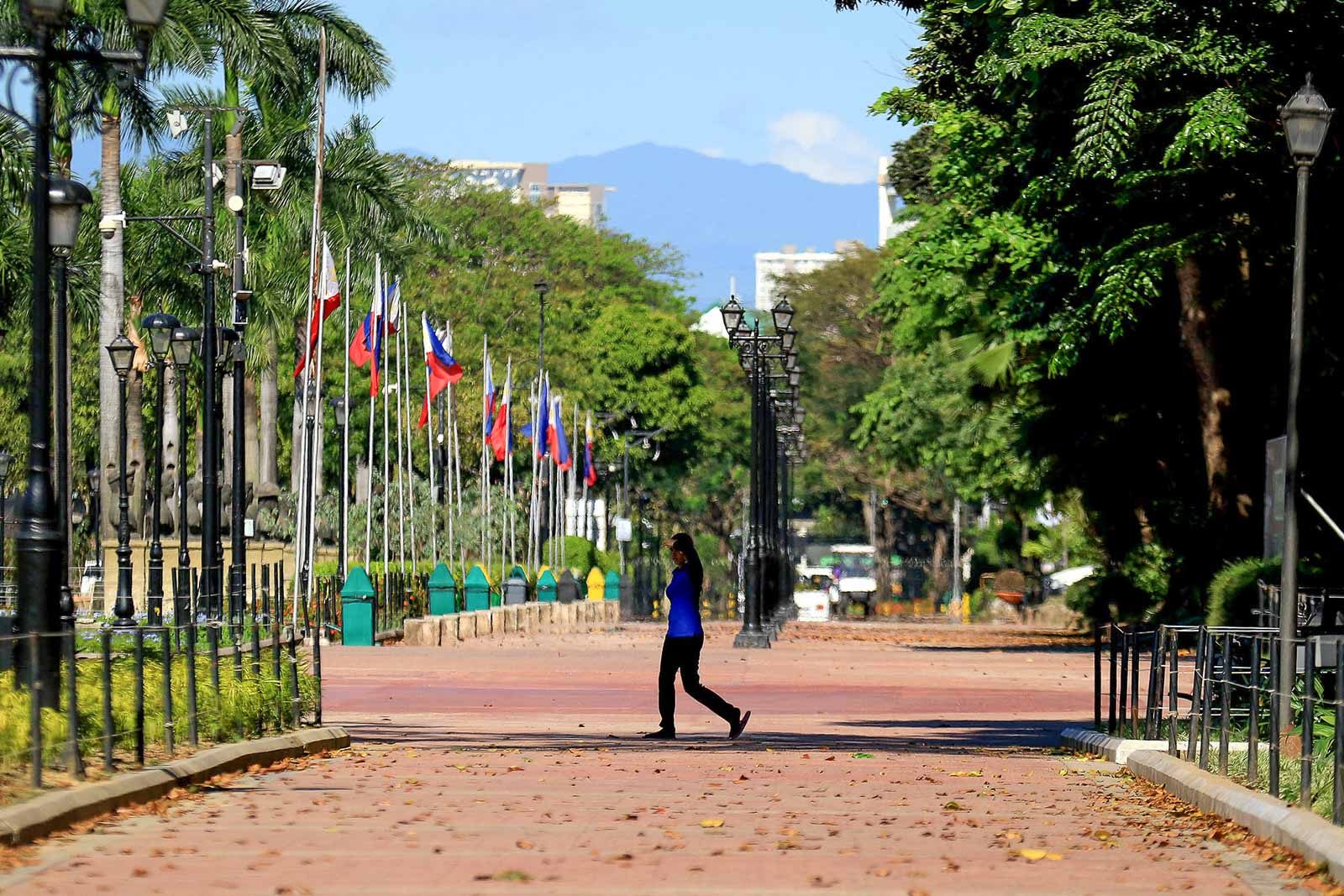
5. Why does this matter?
In calling for self-quarantines and social distancing measures, epidemiologists have touted the strategy of trying to control the speed of an outbreak occurrence. This is largely to help spread out the number of infections over time so as to cushion the impact on hospitals and medical workers dealing with the disease first-hand.
A now viral image on the internet dubbed as “flattening the curve” illustrates this in a simple graphic below:
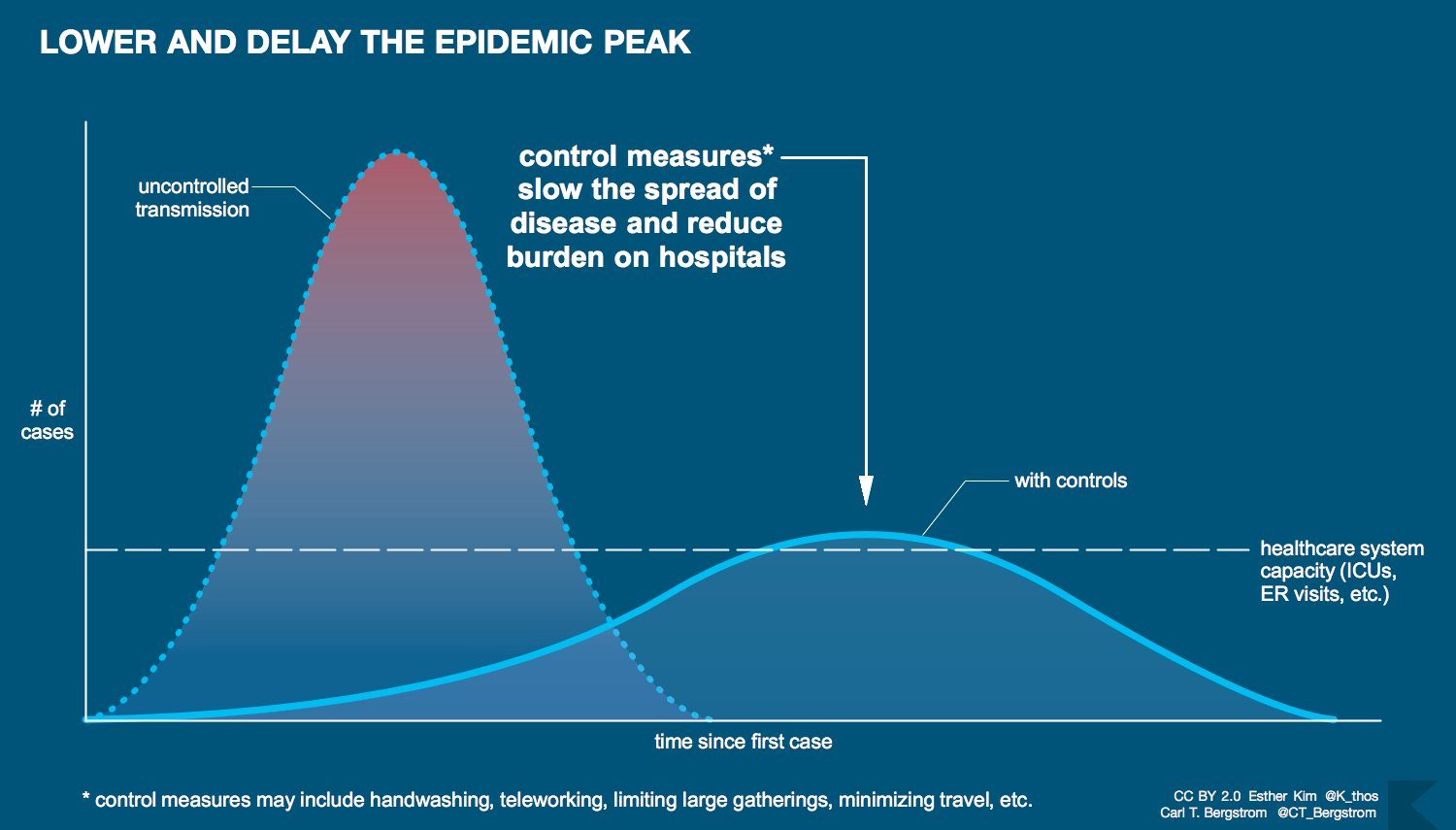
Salvana explained that these measures, if followed will “flatten” the epidemic curve, meaning the “number of cases per day slows down to a level where our healthcare system can manage.”
Too many cases, he warned, will translate to more hospitals being overwhelmed and increasing the possibility of more deaths.
“So this community quarantine, while inconvenient, is preferable to more harsh measures if it doesn’t work. Lives are at stake, especially those of the elderly and sick,” Salvana said.
6. Is this too “drastic” of a response?
In trying to mitigate the spread of an outbreak, Salvana points out that timing is key.
Waiting for more cases to prop up can bring about worse effects for the Philippines.
“Italy, Wuhan, South Korea all thought that they intervened at the right time and were swamped with cases and had to resort to drastic measures. This response is preemptive, and builds on the knowledge that by the time you think you have enough cases to respond, it is already too late,” he said.
7. What should people keep in mind during this period?
For Salvana, it’s important to know that the novel coronavirus disease is “unlike any other disease we have faced.”
“The public needs to cooperate and understand the rationale for doing this. Countries with much better healthcare systems responded in what they thought was an appropriate fashion and it blew up in their face,” he said.
“The public needs to understand that if even these places had difficulty coping, then it would be a true disaster if we delayed these measures for much longer,” he added.
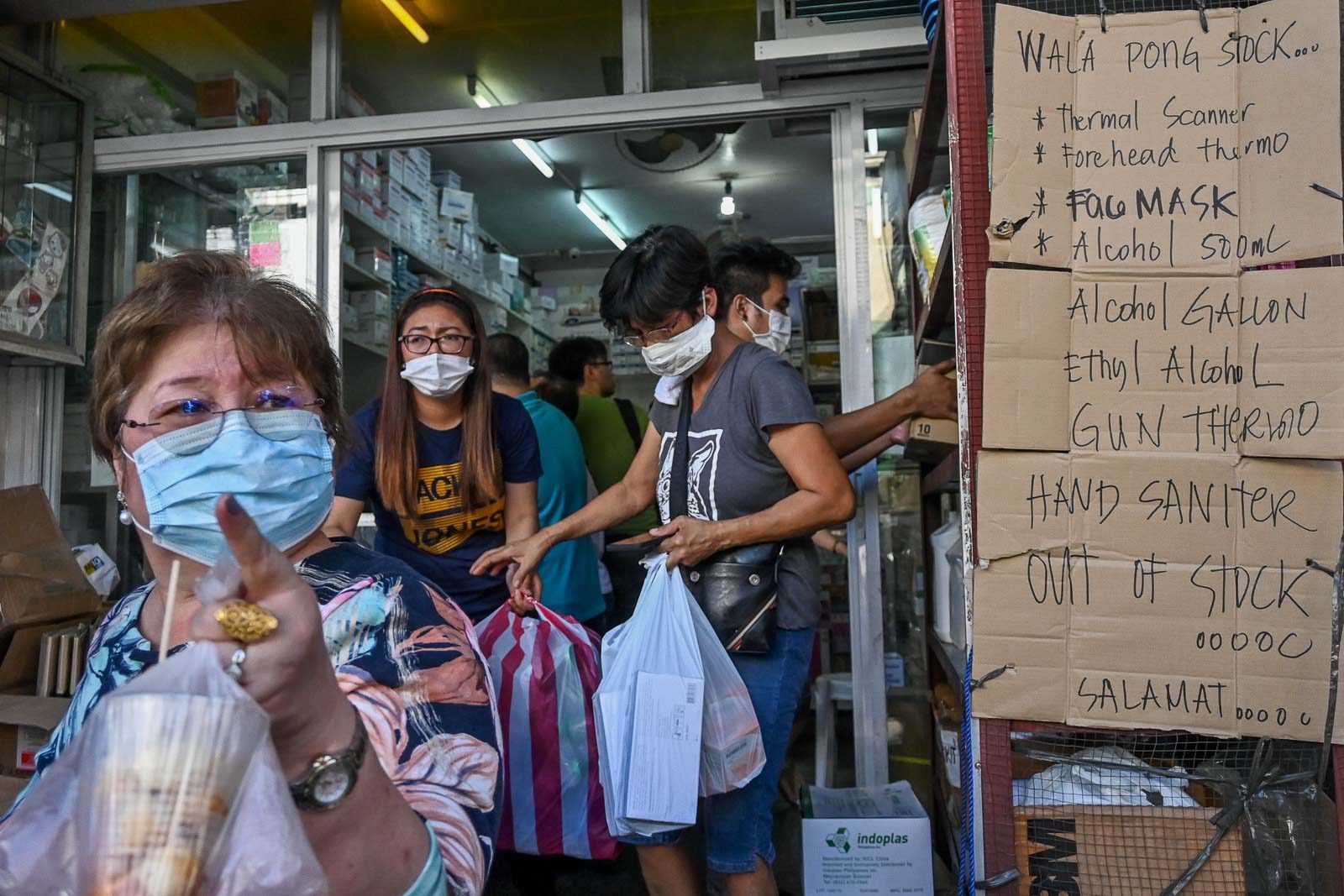
8. What do government officials need to do during a public health emergency?
Transparency and honesty are key, Salvana said. It’s important people are always kept up to date with the current situation and developments.
“I think government needs to be transparent and honest with what is going on. (The) DOH has been working hard, but there is a lot of polarization due to politics,” he said.
He added, “We need to set aside political games at this time and unite to fight a common foe. The most vulnerable to this disease are the sick and the elderly. Their lives are in our hands. We need to get our act together now.” – Rappler.com
Add a comment
How does this make you feel?
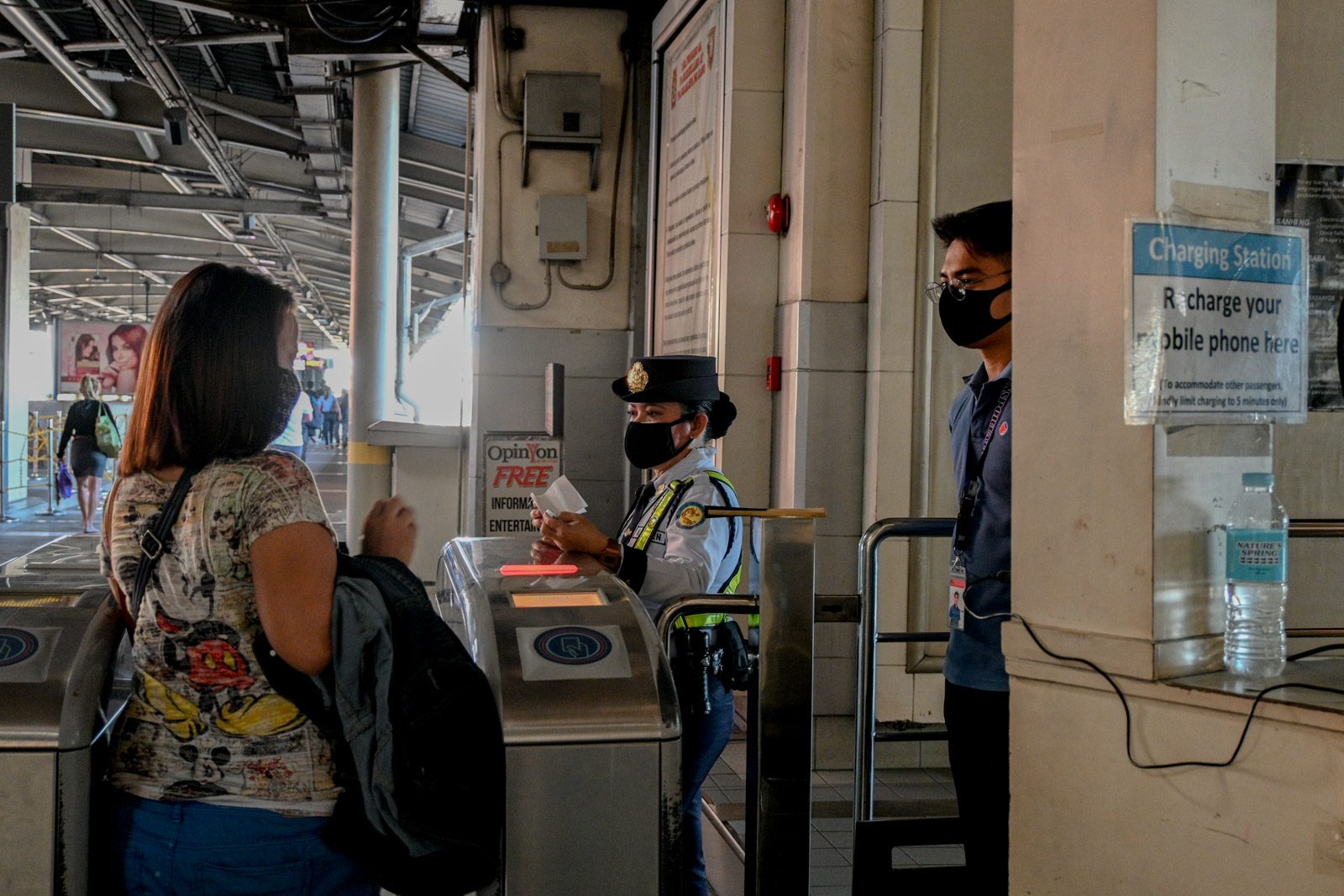
There are no comments yet. Add your comment to start the conversation.